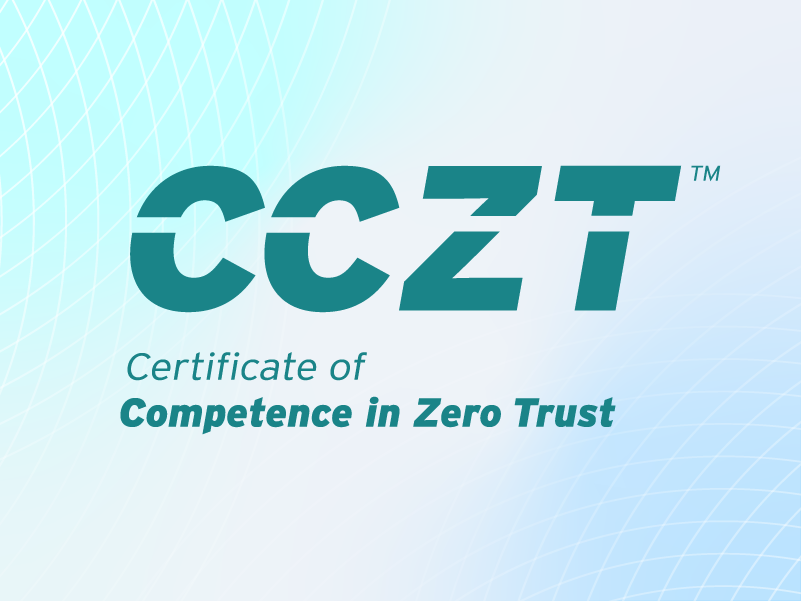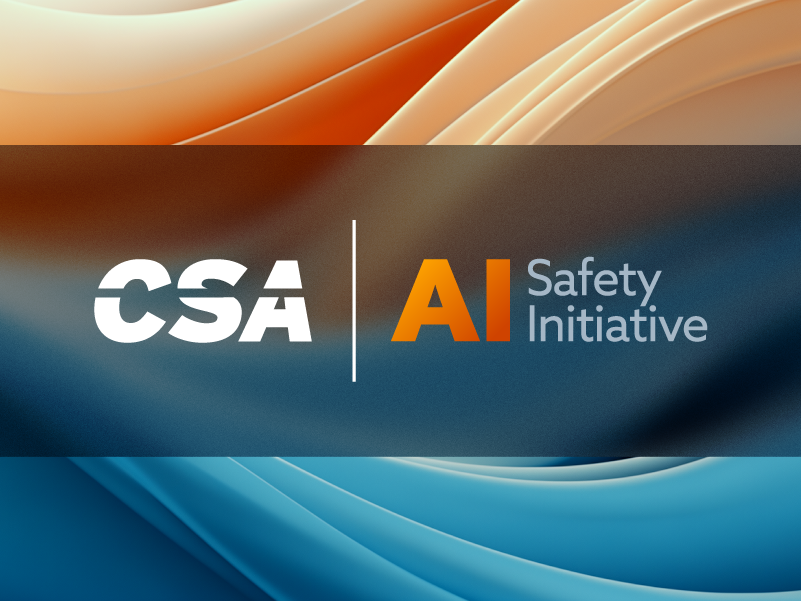How CISOs Can Strengthen AI Threat Prevention: A Strategic Checklist
Published 11/12/2025
AI technologies have become deeply embedded across modern enterprises, driving efficiency, automating workflows, and transforming business operations. Yet, as adoption accelerates, organizations are facing new and often unforeseen security challenges. The rapid rise of AI has introduced critical blind spots that threat actors are increasingly exploiting.
The surge in AI-related breaches stemming from unmonitored tools, overly permissive integrations, and unregulated data handling continues to soar. For security leaders, these developments demand attention and action in regards to technology and policy.
Here’s a checklist to kickstart your AI threat prevention plan:
1. Identify Shadow AI Across Your Environment
AI-driven applications often enter an organization without undergoing security review or approval. Tools such as meeting assistants, content generators, and summarization platforms may request access to sensitive data, including documents, chats, and emails.
The first step toward AI security is visibility. CISOs must ensure they have a complete inventory of every AI-powered tool in use, whether officially deployed through IT or adopted independently by business units.
2. Evaluate and Monitor Access Permissions
Many AI platforms require extensive permissions, such as administrative rights, broad API access, or persistent OAuth tokens. These privileges can be difficult to manage and revoke, creating opportunities for lateral movement if compromised.
Establish continuous monitoring of all permissions and enforce least-privilege principles consistently to minimize exposure.
3. Assess Vendor Data Handling and Privacy Practices
AI vendors often lack standardized privacy frameworks. In many cases, data shared with AI tools may be retained, repurposed, or even used for model training. Sensitive business data, from internal communications to strategic plans, could inadvertently persist in external systems.
Every AI vendor should be evaluated for data handling transparency, storage practices, and compliance with your organization’s governance and privacy requirements.
4. Anticipate AI-Enhanced Attacks
Cyber attackers are leveraging AI to automate and amplify traditional attack vectors. From crafting highly convincing phishing messages to generating realistic deepfakes and automating credential-based attacks, these tactics are becoming faster and harder to detect. Defensive strategies must evolve accordingly. This includes incorporating behavior-based detection, anomaly monitoring, and continuous threat intelligence.
5. Deploy Tools That Deliver Visibility and Control
Security teams cannot protect what they cannot see. Implementing a SaaS Security Posture Management (SSPM) solution can help identify unauthorized or hidden AI tools, monitor embedded AI functionalities, and map out data interactions across applications. Visibility into AI activity is essential to maintaining compliance, minimizing data exposure, and ensuring that AI adoption remains secure.
6. Build Practical AI Usage Policies
Most employees introduce AI tools with good intentions and are often unaware of the associated risks. Clear, actionable policies are essential to guide responsible AI use. Develop AI governance frameworks that outline approved tools, acceptable use cases, and prohibited data types. Reinforce these policies through ongoing education and regular communication.
7. Treat AI Tools as Part of the Supply Chain
Every AI application that processes corporate data should be subject to the same scrutiny as any third-party vendor. Incorporate AI risk assessments into your vendor management processes to evaluate security controls, compliance certifications, and contractual safeguards.
Formalizing AI vendor vetting ensures a consistent, organization-wide approach to supply chain risk.
Secure AI is Possible
AI is not a future concern, it is a present and evolving reality that has already reshaped the enterprise threat landscape. CISOs must act now to establish visibility, enforce access controls, and define governance around AI use. Treating AI integrations as part of the digital supply chain will be key to safeguarding organizational data and maintaining resilience in the AI-driven era.
About the Author
Galit Lubetzky Sharon was Head of the Strategic Center of the IDF's Cyber Defense Division and is now the Co-Founder & CEO of Wing Security.

Related Resources



Unlock Cloud Security Insights
Subscribe to our newsletter for the latest expert trends and updates
Related Articles:
Killing Standing Privileges: Why Just-in-Time Access is the Future of PAM
Published: 12/04/2025
Why AI Won't Replace Us: The Critical Role of Human Oversight in AI-Driven Workflows
Published: 12/03/2025
The CSA Cloud Controls Matrix v4.1: Strengthening the Future of Cloud Security
Published: 12/02/2025
It's Time to Rethink Cloud Investigations
Published: 12/02/2025



.jpeg)
.jpeg)
.jpeg)
.jpeg)